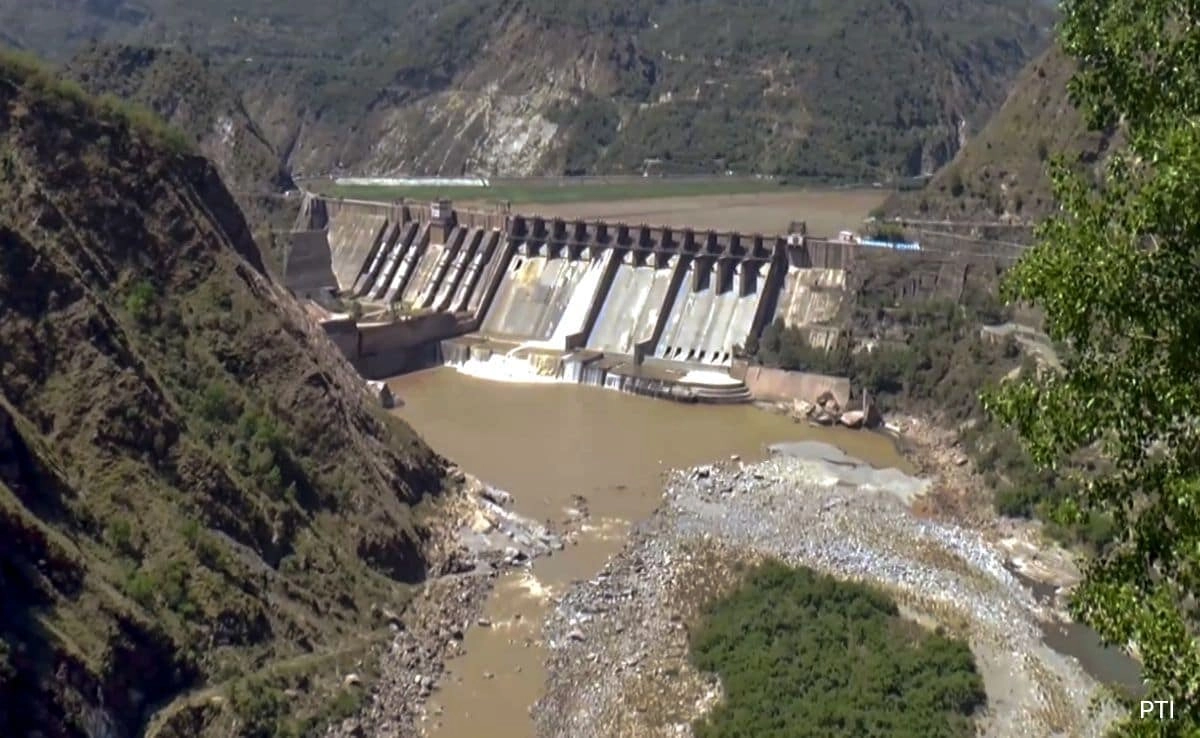India has embarked on a strategic initiative aimed at controlling the flow of water from the Indus River system to Pakistan, a move that has generated significant attention and debate. The Indus Waters Treaty of 1960, which governs the distribution of river waters between India and Pakistan, has long been a point of contention between the two nations. India has expressed concerns over its water rights, especially in light of Pakistan’s perceived misuse of these resources. As a result, Indian authorities are exploring various measures to ensure that water flow to Pakistan is minimized or even halted altogether.
The Indian government’s approach involves a multifaceted strategy that includes the construction of new dams and reservoirs, as well as upgrading existing infrastructure to enhance water management capabilities. This is not merely a reactionary measure; rather, it reflects a broader intent to secure national interests in the face of geopolitical tensions. By implementing these projects, India aims to maximize its water utilization for domestic agricultural and industrial needs while limiting Pakistan’s access to these vital resources. This move is seen as a part of India’s efforts to assert its sovereignty over its water resources, especially as climate change poses additional challenges to water availability in the region.
Moreover, the implications of this initiative extend beyond immediate water management concerns. It could lead to heightened tensions between India and Pakistan, as water has often been a flashpoint in their bilateral relations. Pakistan has already expressed its discontent over India’s plans, arguing that such actions violate the spirit of the Indus Waters Treaty. The situation underscores the complexities of water diplomacy in South Asia, where access to water is increasingly viewed as a critical national security issue. As India moves forward with its plans, the international community will be watching closely, as the potential for conflict over water resources could have far-reaching consequences for regional stability and cooperation.
In conclusion, India’s commitment to stem the flow of Indus water to Pakistan is a significant development that reflects both the country’s need for resource management and the ongoing challenges of bilateral relations in South Asia. This situation highlights the intricate balance between national interests and international agreements, and it raises essential questions about the future of water-sharing arrangements in a region fraught with historical tensions. As both nations navigate this complex landscape, the potential for conflict or collaboration over shared water resources remains a crucial aspect to monitor in the years to come.




